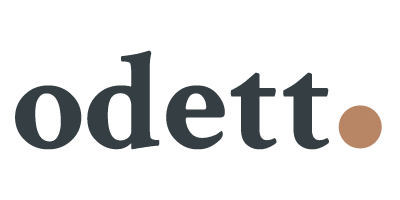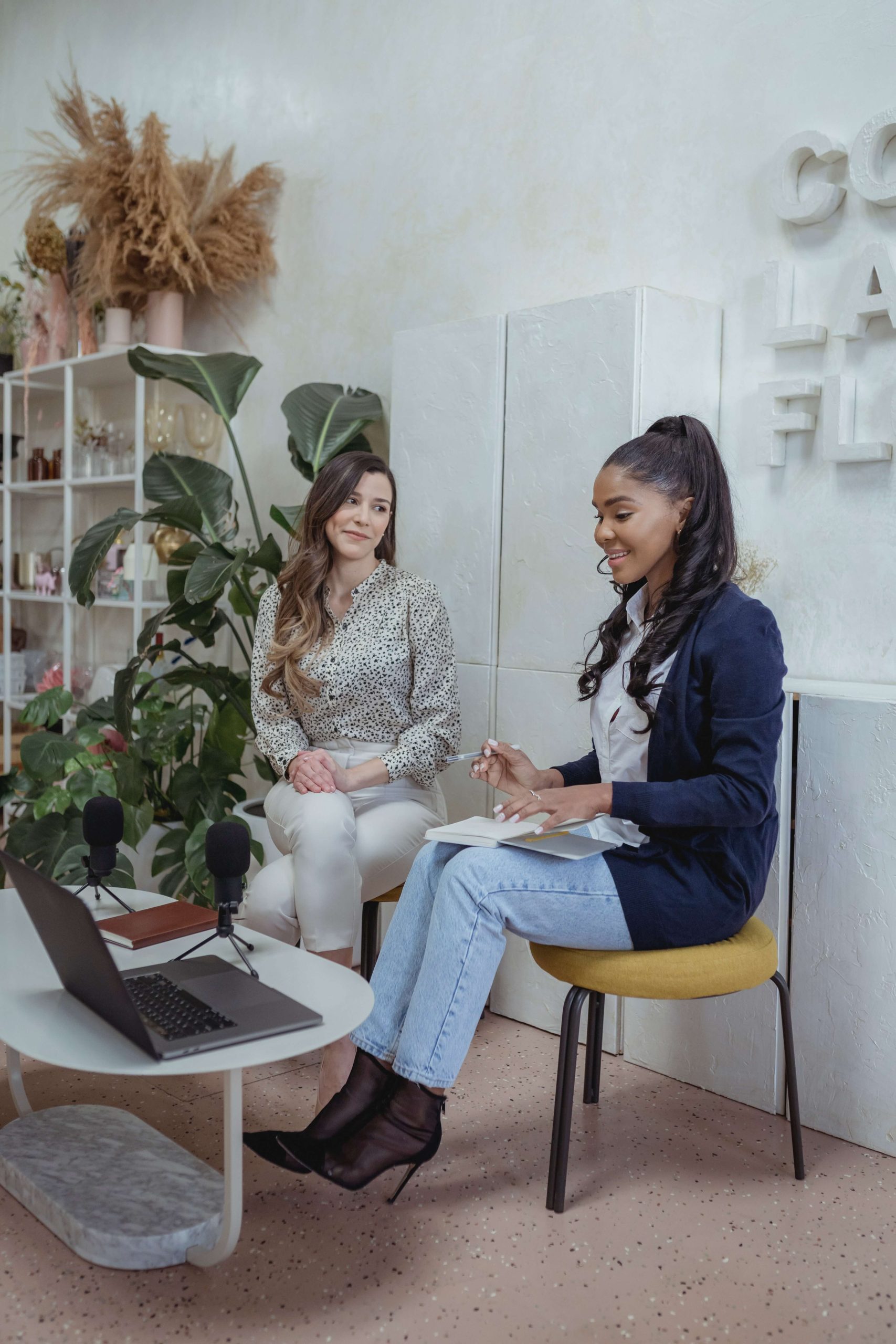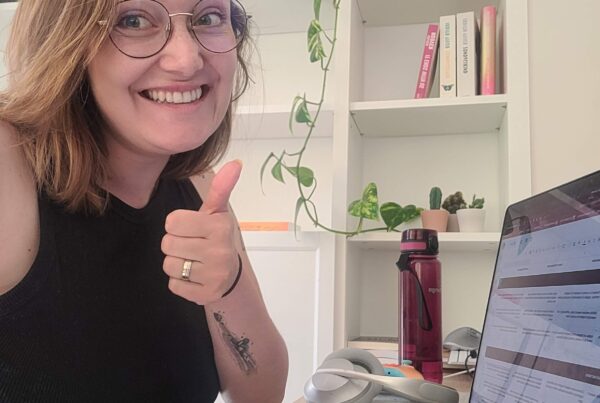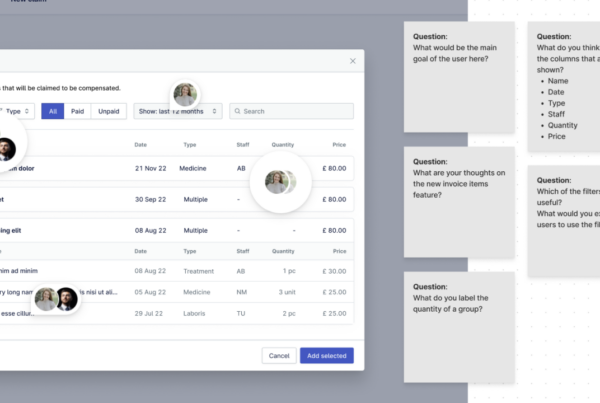While creating a post about the perfect interview questions my eye fell onto this article which had a paragraph on designing for a neurodivergent audience. I have personal experience with neurodiversity, as a university teacher and coach within the field of Game Design & UX, but also as a neurodivergent person myself. Students with disabilities such as autism, ADHD, and dyslexia experience struggles that neurotypical students don’t experience. Problems with reading, writing, concentration, and the context of communication, are all experienced differently.
With it being Autism Awareness Month this April, I thought it would be a good time to dive into how we can tailor our research to people with autism.
How do we know if our user has a disability?
Often we do not know the extent of the struggles of your target audience. We don’t know whether our user might be autistic. But for proper user research, it could be beneficial to know. If you’re doing research for a specific neurodivergent target audience (such as in the context of a learning environment) then the disability becomes a topic that you could interview a user about. You can learn about their struggles and how that could connect to the product you are designing. But say you are designing for the mass, then asking someone to disclose their disability could be rather unethical.
What does a UXR need to know?
As UX Researchers we do not necessarily need to know about our user’s disabilities. But what we do need to know is how you can spot when people are uncomfortable in interviews, when questions seem to be unclear and how to rephrase them. A big characteristic of being a good UX Researcher is having empathy, and being able to read the room. Or when empathy is not your forte, an understanding of body language, facial expressions, and understanding human behavior. A combination of the two really does the trick though. And when performing research with a neurodivergent audience, these characteristics will come in handy.
The difficulty of open-ended questions
A great technique in interviews is of course the open-ended question. But for people with autism, open-ended questions could be impossible to answer because there are many answers to a question. When you notice this, try rephrasing your questions and include visuals in your interview.
For example, instead of asking what do you think happens when you click this button? Ask your user to click the button and then ask about their experience in doing so. Did the button align with where the button leads to? Try to stick with fact-based and experience-based questions.
Using visual cues, such as drawings, a miro board (when doing remote research) and a prototype can make interviews easier for both you as a researcher as well as for your neurodivergent user. When you want to know how a user interacts with your product, let them use the product and ask them to think out loud while using it. This is an exercise that will lead to great insights into the thought process and actions of your user.
Holding eye contact during interviews
One thing neurotypical people often expect is to maintain eye contact while in conversation. When we do remote research, this is often not an issue because almost no one looks straight into the camera. But in face-to-face interviews often eye contact becomes a thing and is often expected from the interviewee. Keep in mind that not everyone likes to maintain eye contact. Autistics can get distracted because of it, which takes away from the quality of your interview. Sometimes maintaining eye contact can physically hurt someone. Your interview does not change on whether or not you have eye contact with the user, what changes are whether or not your user is comfortable in the situation you have put them in. So be mindful of people who do not wish to make eye contact, the interview can still be great!
Predicting the future
Recalling the past and predicting the future can be difficult for neurodivergent users. Questions that are asked about a period a long time ago could result in low-quality answers. If you want to learn more about a user’s experience with your product, schedule the interview shortly after they’ve used it, or have them use the product during the interview to recall past experiences.
Predicting future behavior (“how do you think your life will change when this product hits the market”) is very complicated. The answer you will get from someone with autism will be the answer they think you want to hear. And we all know that socially desirable answers are useless in research.
Conclusion
Yes, people with autism are different and no they do not need to adapt to us. It is we as researchers that need to adapt our methods to get the best interview quality possible.




